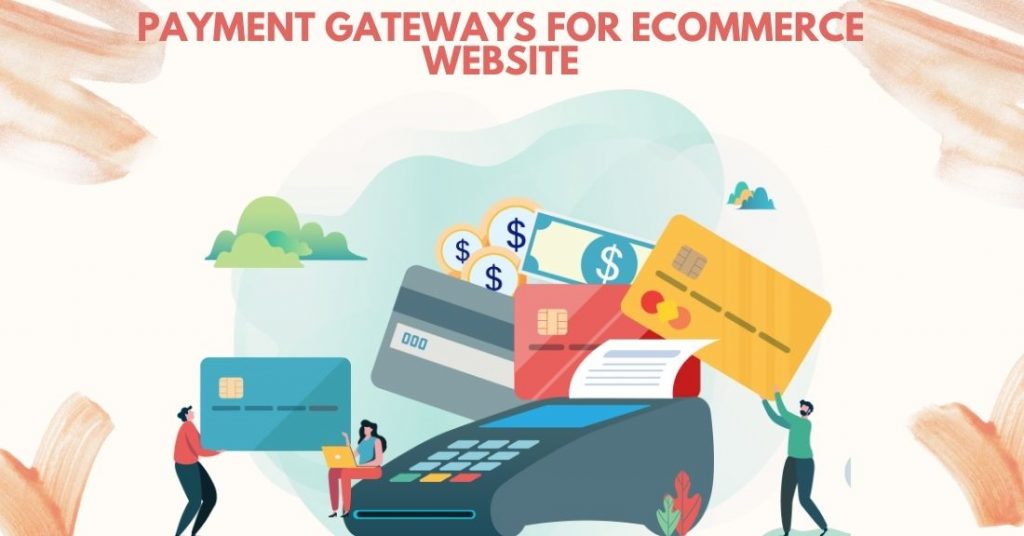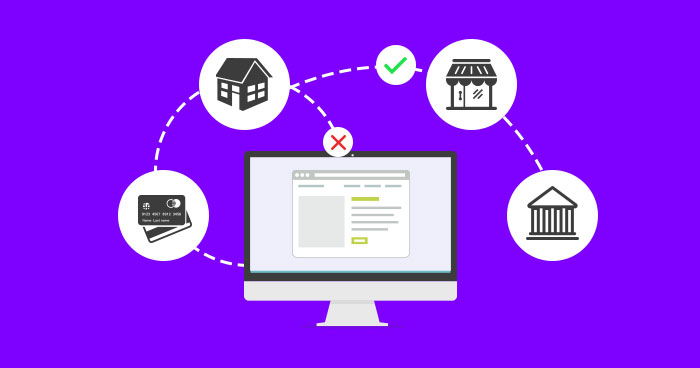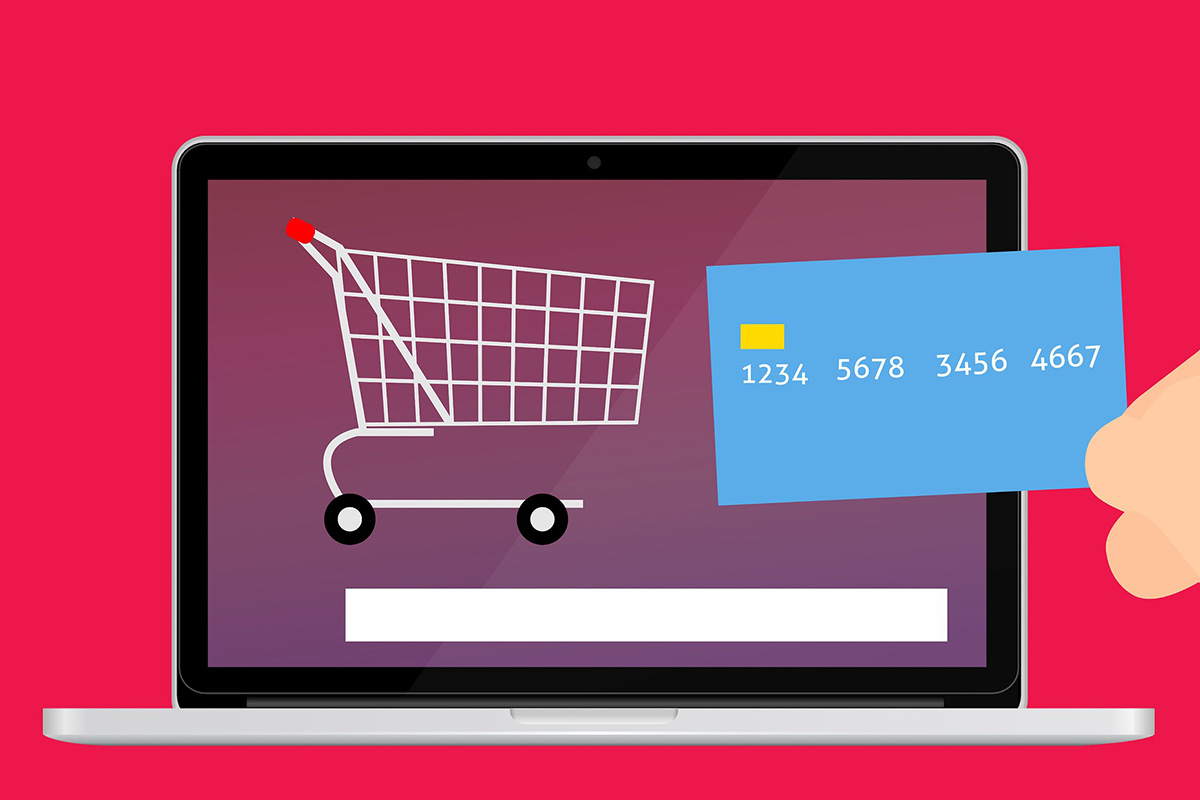
The majority of these companies need skilled developers and engineers to build safe and robust eCommerce sites to house their businesses. If you are interested in specializing in eCommerce development, you would be remiss to ignore the advantages and disadvantages of each payment gateway option.
Payment gateways allow online customers to purchase products seamlessly and securely. However, they are not all created equal. As an engineer or site developer, you should understand the technical and practical implications of each payment gateway type.
What is a Payment Gateway?
All businesses need a way to collect money from their customers. While a brick-and-mortar shop uses a cash register and payment terminals to manage its transactions, online retailers must use web-based options.
To protect customer information from being hacked during the transaction, eCommerce shops use payment gateways to encrypt user data and authorize the transaction.
Gateways can also perform functions that you may have encountered when paying with a credit card. For example, gateways can automatically calculate tax, shipping costs, and custom fees based on the customer’s location and accept payments in multiple currencies.
Since the first payment gateway came online in 1996, there have been numerous innovations in technology and software. Today, customers and retailers can choose from dozens of options, including providers that operate in specific regions of the world. Many gateways do not even interact with banks, and instead, draw and deposit money from virtual wallets or accounts.
Classes of Payment Gateway
When integrating a payment system for a client, you must consider how each gateway type will impact the customer experience and the retailer’s bottom line.
Systems that are flawed, appear unprofessional, or constantly crash can put off customers and lower sales. Relatedly, while customers prefer to select from multiple payment options, having too many integrated into one shop can also make customers wary. It is essential to understand your client’s business and end clients to select the best class of payment gateway for their eCommerce site.

Hosted
This payment gateway moves customers from the eCommerce site to the payment service provider’s web page to complete the transaction. If the provider is widely-known and trusted, such as PayPal, this can increase customer confidence. However, this will have the opposite effect if the provider is not a household name.
Further, while leveraging the name recognition and secure infrastructure of a large payment service provider can help boost sales, retailers are reliant on a third party to handle transactions. Customers will have to go through the payment service provider to handle issues with payment processing, refunds, and other transactions. If the third party does a poor job, it can affect your clients’ businesses.
Onsite
Clients can also maintain a payment gateway directly on their website. When a customer pays, the transaction through an embedded payment gateway is connected directly to the retailer’s account.
Many invoicing and bookkeeping software offer this type of payment gateway. Onsite providers give retailers more control over the customer’s experience, but there is no outside support for handling issues.
API
Retailers who want complete oversight of their payment gateway may prefer an Application Programming Interface hosted system. The look and feel of the system can be designed to fit the company’s branding and culture.
However, if you build this type of gateway, you are also responsible for ensuring it meets all of the security requirements for handling customer financial data. You can ensure compliance under the Payment Card Industry Data Security Standard by following a PCI DSS compliance checklist.
Bank Integration
Finally, small-scale vendors may opt for the security, ease, and reputation of a bank-integrated payment gateway. These systems are integrated within the banking system to facilitate virtual bank-to-bank transactions. Zelle, one of the largest such gateways in the U.S., is compatible with more than 30 national banks, including Bank of America and Chase.

While bank integrated payments are instant and often incur no fees, they are only accessible to customers with an account at a participating bank. This can greatly reduce accessibility, especially on the international market. Also, many of these gateways cannot handle high-volume transactions.
Keeping Gateways Secure
If you are working with an established payment service provider like PayPal, Apple Pay, or a bank integrated gateway, you can rest assured that the system is compliant and secure.
However, if your client is interested in an API-hosted gateway, you will need to be much more diligent. In addition to adhering to the PCI DSS, you will need to install a Secure Sockets Layer (SSL) certificate to ensure the website can transmit and receive encrypted data securely. The highest quality SSL certificate runs about $1,000 per year, but affordable and secure options cost around $60 per year.



